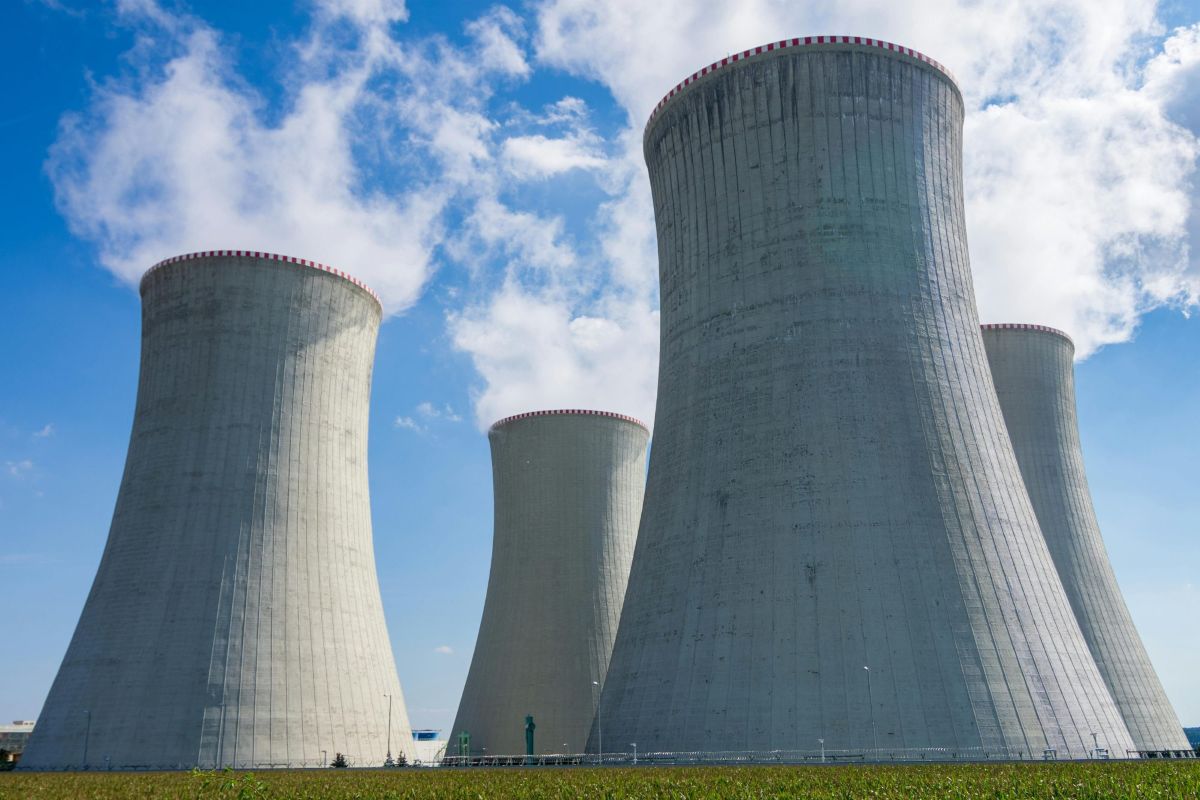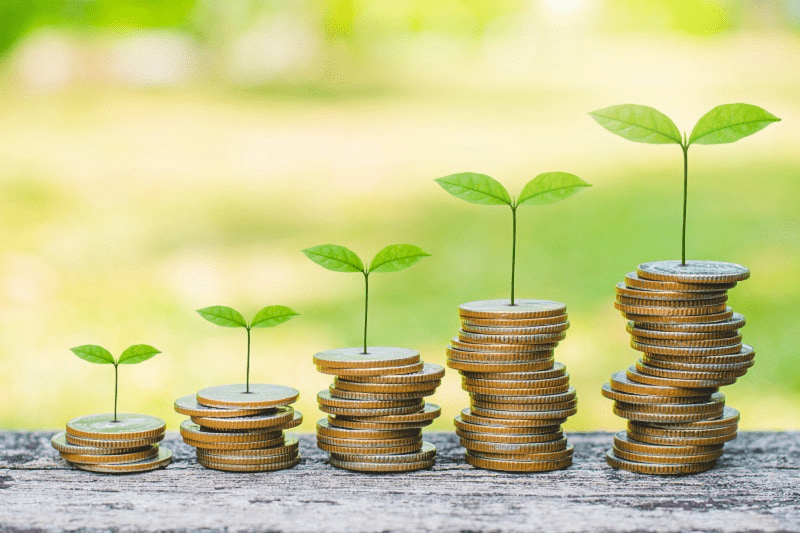Attractive investment destination
Foreign direct investment (FDI) has played a crucial role in Vietnam's economic development over the past few decades.
FDI inflows into Vietnam have increased significantly over the past three decades, rising from 180,000 USD in 1990 to 15.7 billion USD in 2021. In real terms, correcting for inflation, we can also see record highs in 2022. FDI inflows have helped to sustain Vietnam's impressive economic growth, which averaged 6.8% per year from 2016 to 2019, making it one of the fastest-growing economies in the region. In 2020, Vietnam was among the most attractive 20 economies for FDI. According to Fitch Solutions, the country is also one of the most open economies in Asia.
In the first five months of 2023, Vietnam's FDI inflows reached nearly 10.86 billion USD, equal to 92.7% of the same period last year. The total newly registered FDI stood at 5.26 billion USD, up 27.8% year-on-year. Hanoi is the most attractive destination for foreign investors in terms of total capital, with 1.87 billion USD, while Ho Chi Minh City is at the top in terms of new projects (38.9%).
Challenges ahead
Although we cannot deny that Vietnam has improved governance quality and actively participated in various free trade agreements (FTAs) to attract more FDI, more challenges arise in 2023 that might negatively impact FDI inflow into the country this year.
First of all, the uncertainty of the global economy in 2023 caused a slow recovery internationally. The surge in food and energy prices due to the Russia-Ukraine war has brought an abrupt halt to the world's direly needed recovery. Countries like the US, one of Vietnam’s main trading partners and FDI investors, are expected to have a recession in 2024.
Furthermore, the outcome of ongoing negotiations on issues such as trade agreements, investment policies, and intellectual property protection could have significant impacts on global trade and investment flows. In the first quarter of 2023, many exporting firms in Vietnam experience a significant decrease in international demand, which may cause firms to scale down their production.
Secondly, there is a trend of investors looking for investment opportunities closer to home, in an attempt to shorten supply chains. This is a pandemic-originating, new phenomenon dubbed “nearshoring.” Some countries such as South Korea and Japan, which are among the largest FDI sources for Vietnam, the US, and some countries in the EU, are trying to limit investment overseas by reducing corporate income tax and giving incentives for investment at home to recall their investment overseas. This adds up to more challenges for Vietnam in attracting FDI.
Thirdly, there is the global minimum tax scheme, which refers to a proposal aimed at establishing a minimum tax rate for multinational corporations (MNCs) worldwide. The objective is to prevent MNCs from engaging in aggressive tax planning strategies, such as profit shifting and base erosion, to minimise their tax liabilities. The specific details of a global minimum tax can vary depending on the proposed legislation and agreements between countries. However, the general idea is to set a minimum tax rate that MNCs must pay, regardless of the jurisdiction in which they operate.
In July 2021, representatives from 131 countries agreed on a framework for a global minimum tax rate of at least 15%. This movement could discourage investments in low-tax jurisdictions, like Vietnam, as the tax advantages would be diminished. On the other hand, it may encourage investments in countries with robust infrastructure, skilled labour, and attractive non-tax factors, as tax considerations would be less dominant.
Fourthly, while other countries in the region such as Thailand and Malaysia with better resources have geared up to attract more FDI by reducing taxes or providing more support to foreign investors, Vietnam is becoming a less attractive destination than before. Attracting FDI simply through cheap labour is not the solution to quality FDI that the government announced to pursue in its 2018-2023 strategy. Instead, the attractiveness needs to be founded on other aspects rather than simply low wages.





